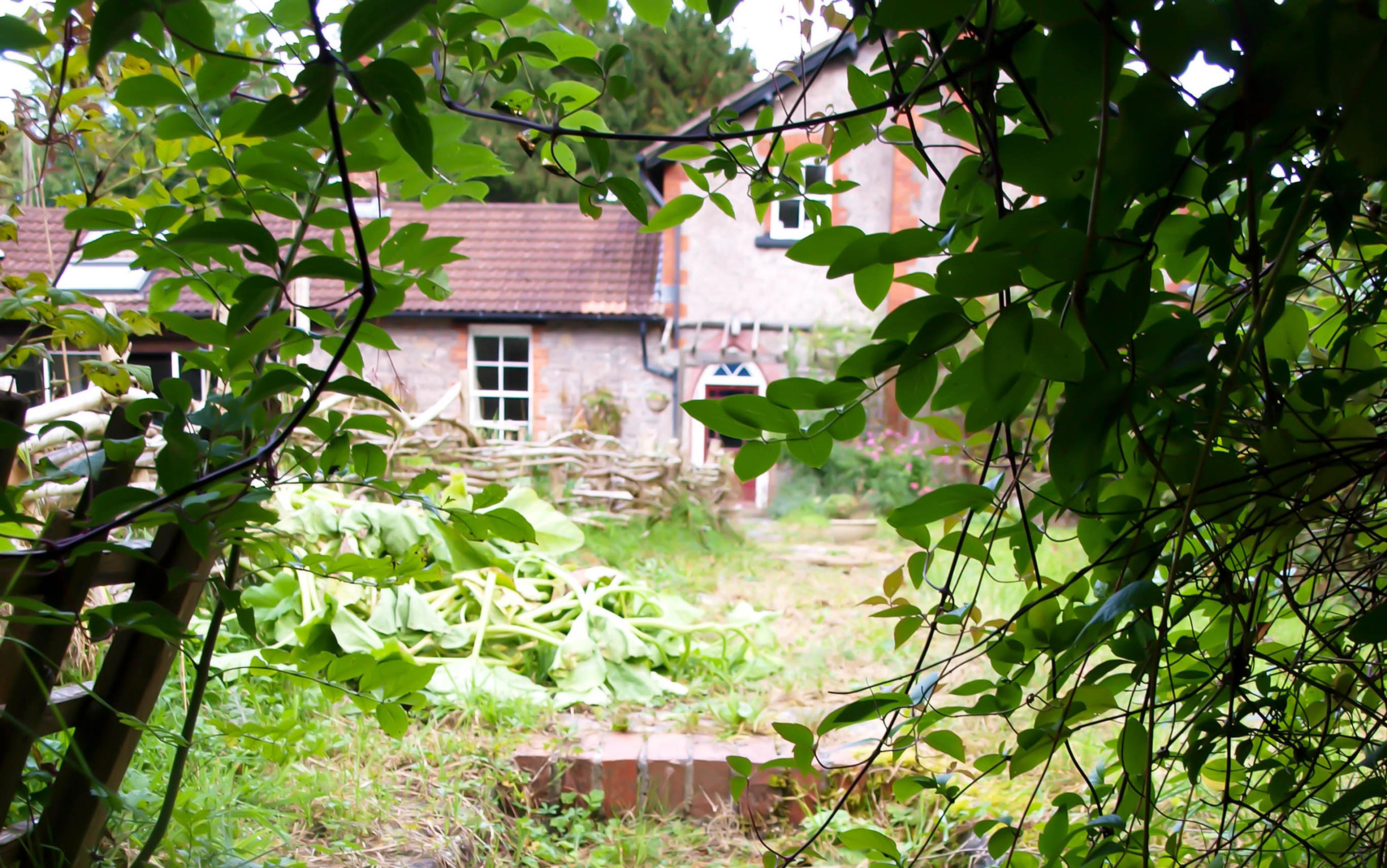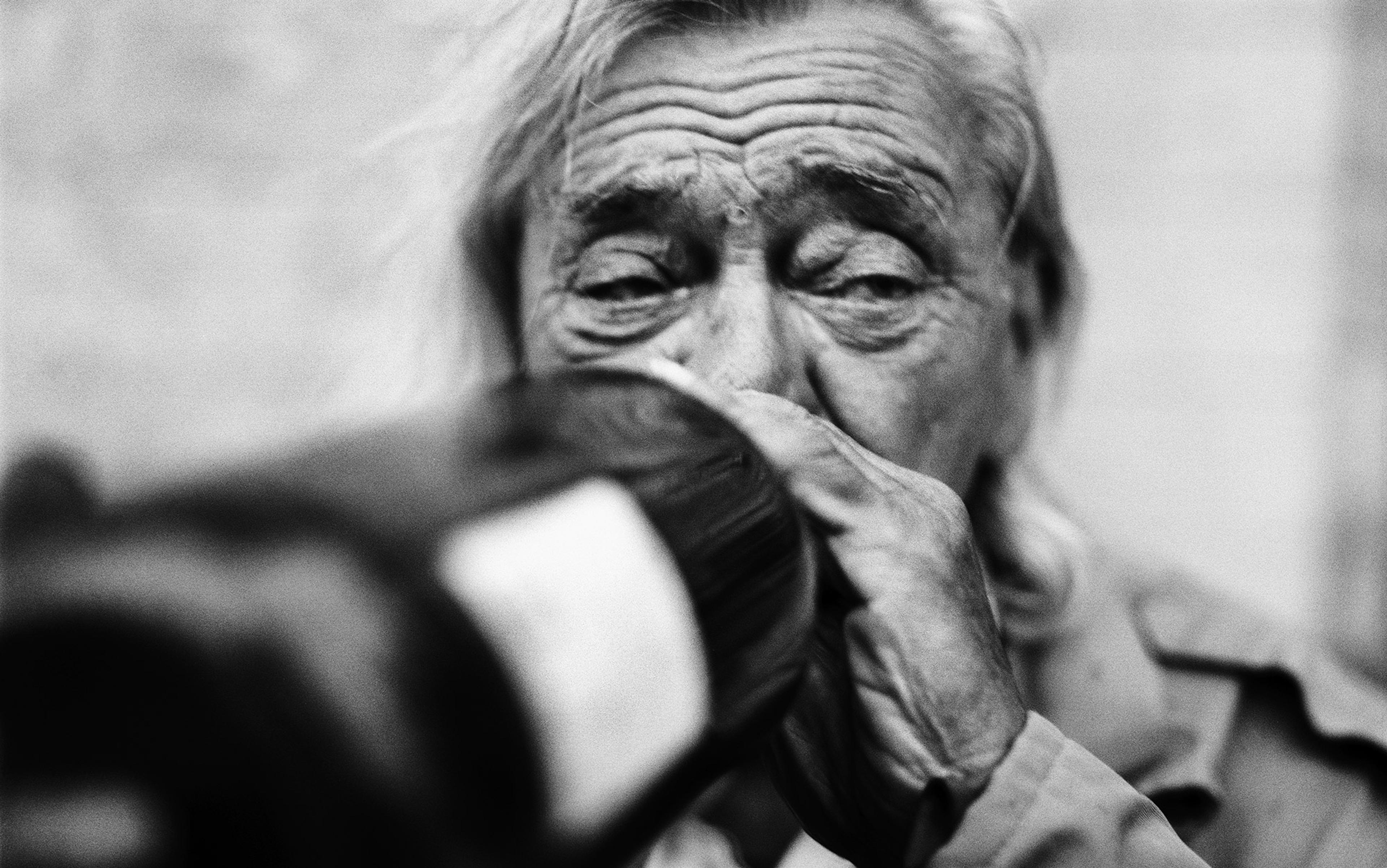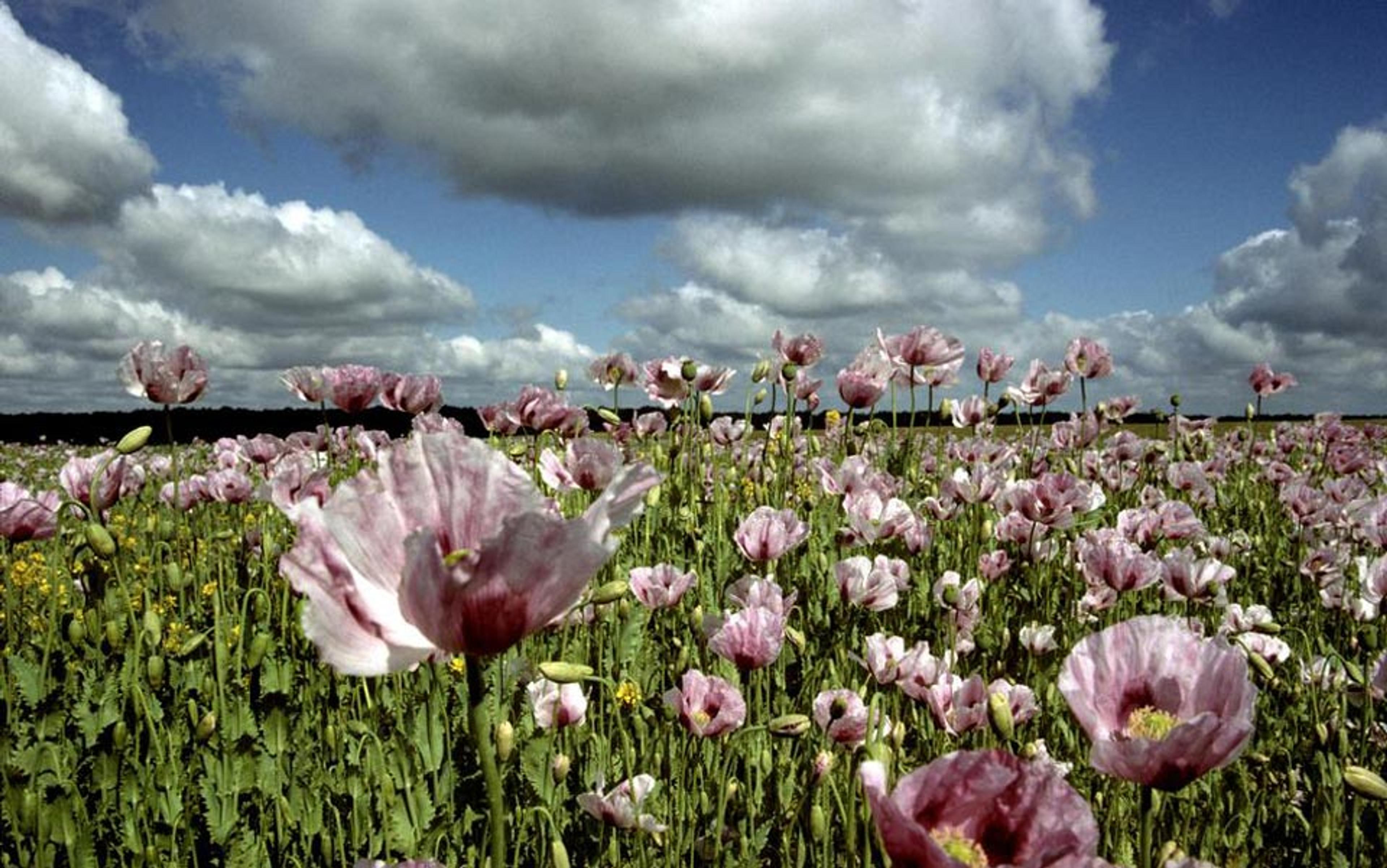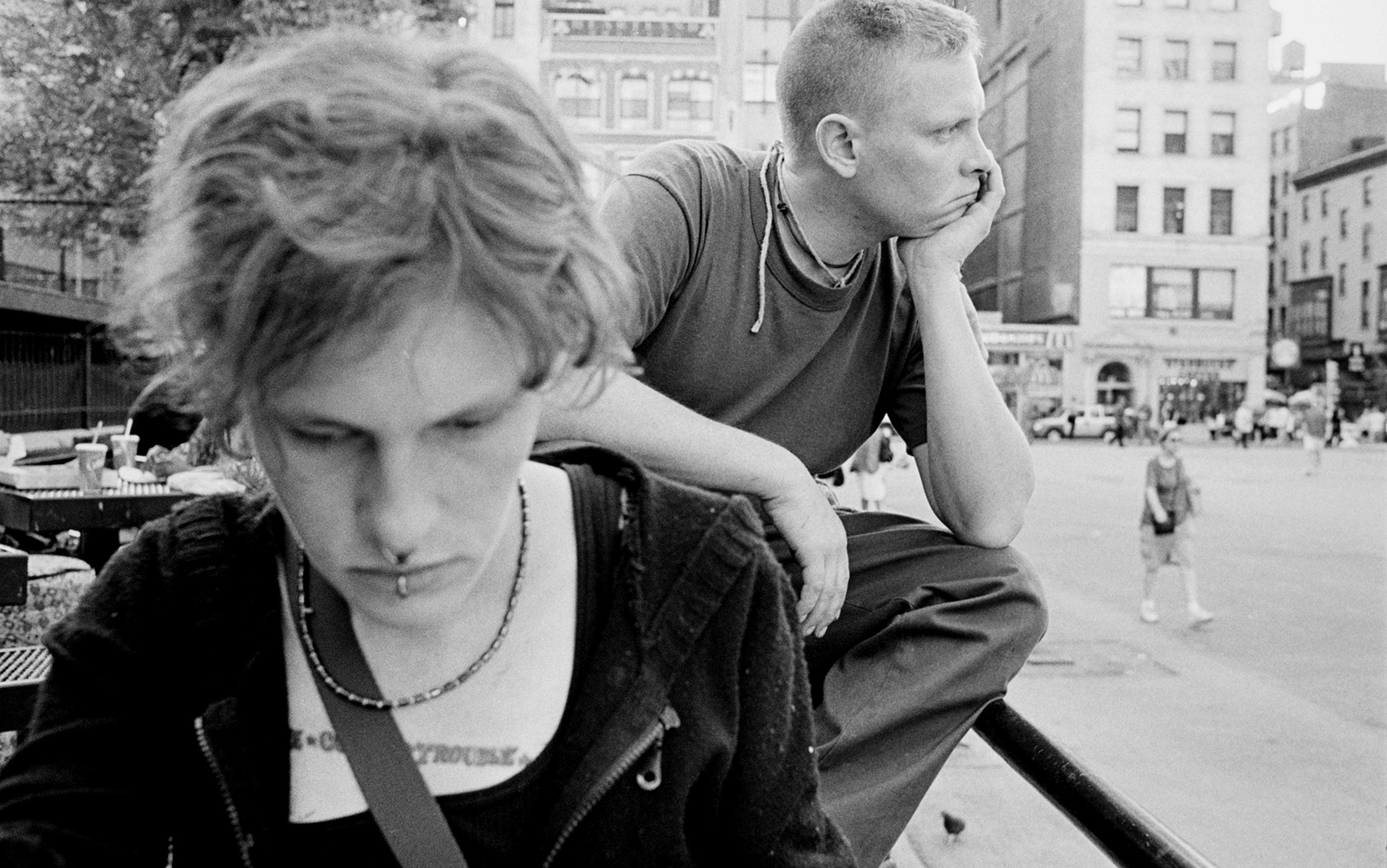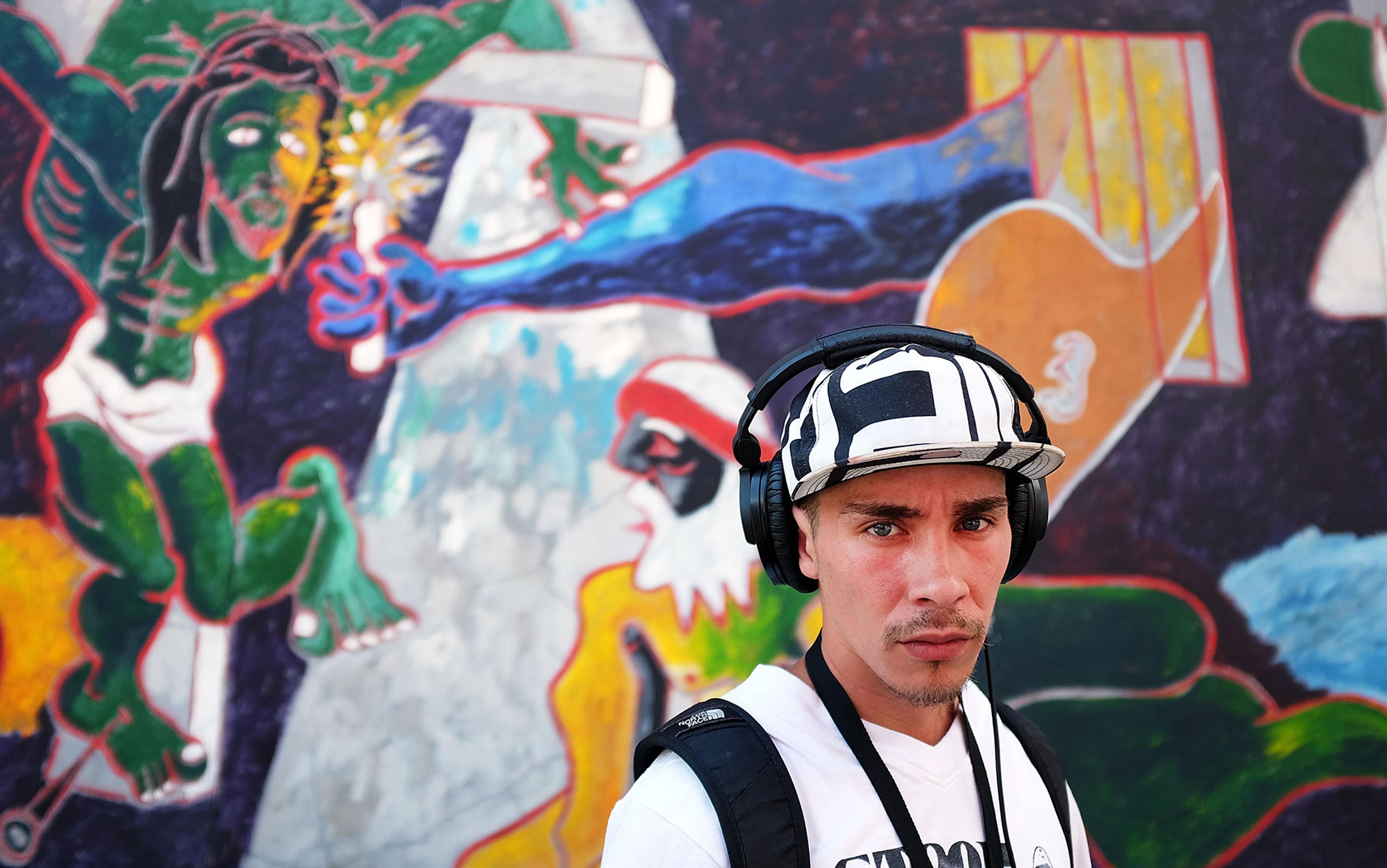It’s become a truism of modern life that the majority of us are, in some way or other, addicts. We’re enslaved to our iPhones, to sugar, to spliff or beer or something harder, to checking emails, to the latest episode of Mad Men, to acts of random physical intimacy, to porn, to online gambling or gaming or, probably, a mixture of all of the above. The manipulation of our wants, the sophisticated stoking of our desires, the speed of delivery – and the speed of the ensuing dissatisfaction — all contribute to make us, if not addicts, then compulsive bingers. The once rare pleasures and excitements of life have become entirely commonplace, and we return to them with such somnambulant regularity that they no longer give us either pleasure or excitement. The undeserved rewards are suddenly unrewarding. All we’re doing is getting our fix.
Until three years ago, I knew next to nothing about addiction. I had read about it here and there, seen it portrayed on TV, knew one or two friends who were in at the deep end, but I didn’t really understand much about it. Then, in 2009, my wife and I set up a 10-acre woodland shelter in Somerset for people undergoing a period of crisis in their lives. We were hoping to emulate a community in Dorset called Pilsdon, a refuge founded in 1958 by a maverick Anglican priest who had, in turn, been inspired by the Christian rule adopted by Nicholas Ferrar’s household at Little Gidding, near Huntingdon. Within months of setting up our own shelter, life’s walking wounded were turning up on our doorstep, referred to us by doctors, social services, various charities or, often, by the power of Google. We had those struggling with bereavement, abuse, separation, homelessness, depression, eating disorders and — because we’re explicitly a dry and drug-free house — those battling addiction. Most of the addicts have been alcoholics, but we’ve also had people trying to kick a dependence on heroin, cocaine, cannabis, even shopping addictions.
I knew we needed to get tough when a recovering alcoholic, who I suspect had been secretly boozing, dropped our one-year-old on his head
The learning curve has been so steep that it’s sometimes seemed almost vertical. I was the self-appointed ‘warden’ of the woodland shelter and, having written a book about communal living, and been a trustee at Pilsdon, I thought I knew what I was doing. I thought that people would find some peace and serenity amid the simplicity of the woods; that the creativity of making chairs and tables would be somehow therapeutic. Looking back, though, it amazes me how wet I was behind the ears. I was incredibly trusting, regarding addicts with more sympathy than suspicion. I thought they were ‘hooked’ and were therefore passive victims. I imagined that what they really needed was kindness, even indulgence, rather than implacable rigidity. ‘Tough love’ was required; but I only offered our guests the second half of the solution.
If my contact with recovering addicts had been fleeting, in a surgery or a drop-in, I might not have realised my naivety. But our guests live in our family home. We share all our meals. They play with our children. It doesn’t take long before you realise someone’s not being straight with you. I knew we needed to get tough when a recovering alcoholic, who I suspect had been secretly boozing, dropped our one-year-old on his head on a hard, stone floor. That’s when I bought, and promised to use, a breathalyser.
Around that time, an experienced social worker called Phil came to see what we were up to. I told him that people were bending the rules and he was insistent that rules had to be absolutely enforced or there was no point in having them. ‘You’ve got to hold your boundaries,’ he said. I was sitting around the fire with him one night and a guest was jokily complaining that Phil was very black and white about drug use. ‘Yeah,’ he said with a weary smile, ‘you lot always want lots of grey, eh?’
That was in our first year. Since then, we too have become very black and white about anyone using. If someone’s drinking or doing drugs, they’re out. That’s it. I still find it by far the hardest part of my role here — it’s horrible to kick people out when they’ve suffered this and that and everything in between — but the place wouldn’t work if I didn’t. There was one woman who had been driven all the way from Newcastle by her elderly mother. As promised, I tested her on arrival and, since she wasn’t clean, I immediately asked her to leave.
When people know that you’re inflexible, they take you, and their recovery, more seriously. When addicts realise that, despite oft-rehearsed tactics, you can’t be manipulated, they somehow stop trying. And that makes you more reliable because you’re consistent. If you never let someone get high, you never let them down.
Within those firm boundaries, it really helps that we’re a community, albeit a tiny one, an extended household in fact. For a recovering addict, being alone is like being behind enemy lines. Perhaps it’s obvious that recovery happens much better when you’re surrounded by people trying to help you beat an addiction. Being ‘clean’ is contagious. One reason that the 12-step Alcoholics Anonymous (AA) programme has been so successful over the decades is to do with mutuality, support and the ‘group conscience’. For those who struggle with religion, the numinous ‘power greater than ourselves’ to which AA refers, can be understood simply as the ‘fellowship’ of the group. If you ask addicts why they started using, they invariably say that they fell in with the wrong crowd. We — if it doesn’t sound too presumptuous — are trying to be the right crowd.
People discover that in a real community there’s nowhere to hide. There are witnesses to your behaviour. It’s painful because all your failings become immediately apparent, not just to fellow ‘communauts’, but also to yourself. And yet if guests understand that they will be forgiven for any failing except returning to the junk, they become both gentler, and harder, on themselves. And if they know that the whole household is relying on them for tea, or putting away the chickens, or lighting the fire, they feel useful and appreciated rather than redundant.
So that’s the other thing we offer: unremitting, hard manual labour. People in recovery are desperate to keep busy, as they know too well the dangers of being idle. We often have to slow down recovering addicts as they sweat to chop two tonnes of logs in a day. Which, strangely, causes problems of its own. Sometimes we have to crowbar depressed guests out of the armchair and persuade them to do little tasks because, when a recovering addict comes in from having stacked an entire log store and sees someone collapsed in an armchair with a hundred-yard stare, it causes resentment. And, as every recovering addict will tell you, resentment is the poison you drink to make someone else die.
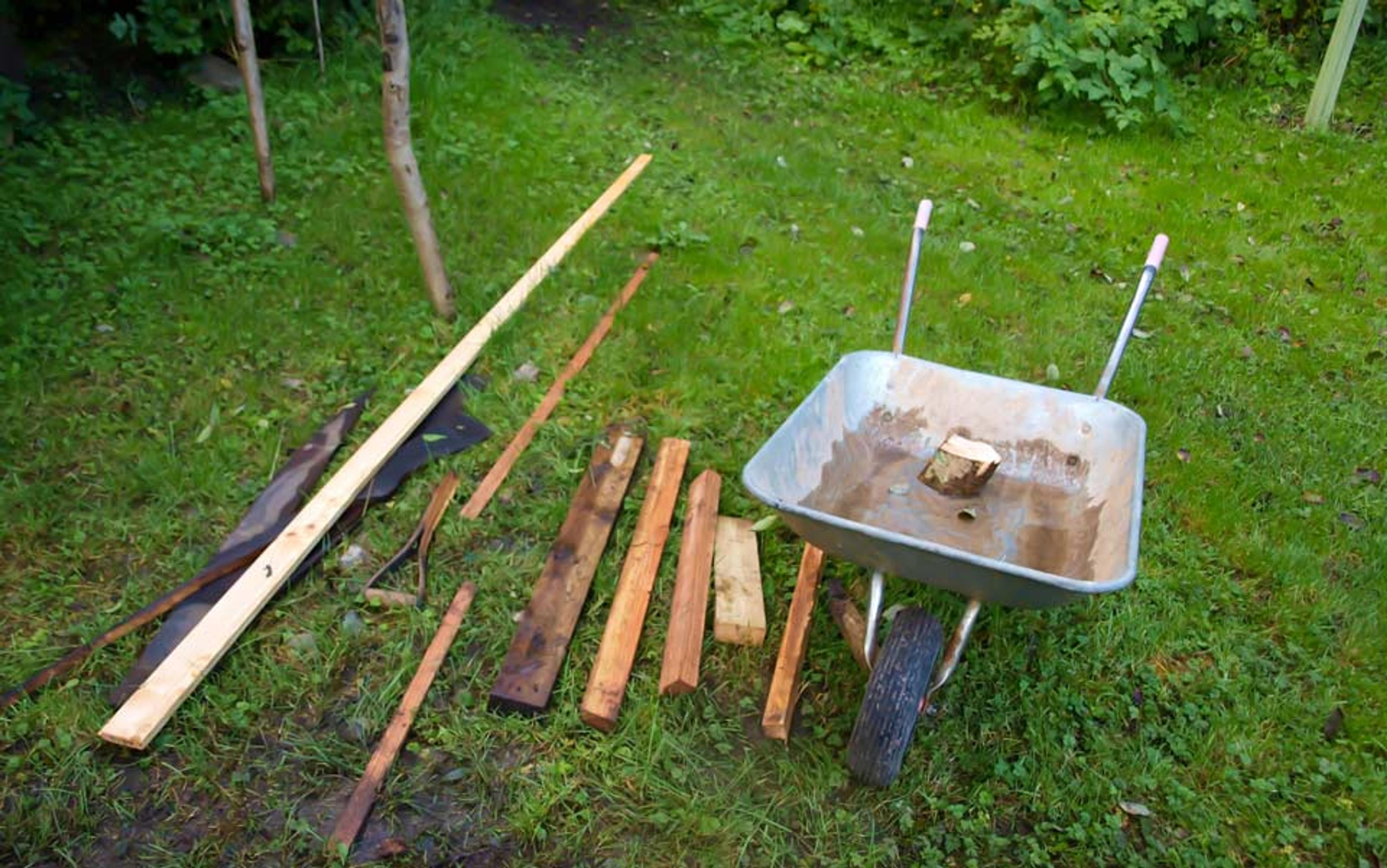
No time for idle hands: ‘that’s the other thing we offer, unremitting, hard manual labour’
We try to give a very clear rhythm to guests. We meet for work at the same time every morning. The day is punctuated by bells for meals, tea break and (the optional) chapel. There’s a clarity about when to work and when to relax. For people who have led chaotic lives, that rhythm is dependable. And the kind of work people do here offers an antidote to the habit of seeking instant, solipsistic gratification. Planting trees, while gratifying, is a gift to future generations. Wrestling a boar into the sow’s pen yields a reward only when she farrows in four months time or, more to the point, when the resultant weaners go to the abattoir a whole year later. Our guests are constantly doing work not for themselves, but for those who’ll come after them.
One of the truisms about addiction is that people ingest narcotics to fill some kind of existential void or emptiness inside themselves. Often that emptiness evolves not just out of, say, a lack of parental love, but also out of the tragic loss of contact with nature. Now a recognised phenomenon called ‘nature deficit disorder’, it seems to me one convincing reason, among others, for the epidemic of drug addiction. Perhaps that’s why care farms and forest schools are suddenly booming. People are waking up to the fact that losing contact with nature can be as damaging as losing contact with relatives and friends.
Living in a woodland in deepest, darkest Somerset, our guests certainly get their fill of nature. We don’t deliberately give them demeaning jobs, but being knee-deep in pig shit, or building a compost loo, puts you in direct contact with the earthy realities of life. And reality, as the actress Lily Tomlin once quipped, ‘is a crutch for people who can’t cope with drugs’.
A corollary of that earthy reality is that, instead of being, in the old-fashioned phrase, ‘opium-eaters’, some of our guests eat a healthy dose of humble pie. And humility, as in 12-step AA orthodoxy, is the first step of the cure. Addicts often have a paradoxical combination of low self-esteem and massive ego, so recognising that they are ‘powerless’ over a substance is a vital reminder that they’re not super beings, just precious, weak humans, along with the rest of us.
AA is, of course, a much-debated institution. Founded in Ohio in 1935, it now has more than 2 million adherents and has been the model for dozens of other ‘Anonymous’ movements. Based on mutuality, it has no organisational structure to speak of, and yet it’s often accused of being cultish and controlling. Inspired by the ‘Oxford Group’ of Christians, it has always maintained that addiction is a ‘spiritual malady’ for which the only cure is conversion. Step three explicitly describes handing over responsibility for your recovery ‘to the care of God’. The AA’s ‘big book’ deliberately looks like a Bible, with its blue ribbon to mark a favourite passage. Those in recovery can invariably quote chapter and verse, and at the core of the book is that image of two evangelists — Dr Bob and Bill W — who went out into a darkness to spread the good news.
Research into the effectiveness of AA is notoriously unreliable (partly because of the anonymity that it promises). Recent studies suggest that it is no more or less successful than other behaviour treatments. But because AA was the first, and most famous, treatment programme, its influence on the wider recovery movement has been immense.
Most notably, AA’s notion that alcoholism is a disease — ‘a cunning, baffling and powerful disease’, as the big book puts it — has meant that for decades addiction has been seen in medical terms. This is something addicts yearn to hear, because seeing addiction as a disease allows a degree of self-forgiveness. It suits the medical profession too, because, in the scathing words of the psychiatrist Theodore Dalrymple in Junk Medicine (2007), it creates ‘employment opportunities’ for the ‘therapeutic juggernaut’. It’s easier, he writes with sadness, ‘to give people a dose of medicine than to give them a reason for living’. So heroin-users are prescribed methadone, a heroin substitute famously invented by Nazis, and potentially as addictive and often fatal as the thing it’s supposed to replace. But the medicalisation of addiction also suits politicians. The Nixon administration in the US was the first to flood the market with methadone in 1970 and, ever since then, it’s been seen as a politically expedient substance: not because it reduces addiction, but because it reduces crime.
There are now, however, stirrings of a backlash against the consensus. Voices on the right of politics, such as Theodore Dalrymple and Peter Hitchens, complain that the war on drugs has never actually been fought, that we have fudged it and allowed addicts to dictate policy. Damian Thompson’s polemic, The Fix (2012), eloquently challenges the ‘disease’ analysis, saying that ‘the behaviour of addicts looks voluntary because it is’. Conservative commentators lament our tendency to find a ‘disorder’ for every deviant behaviour, thus exculpating everyone. They distrust the diffused ideology that, somehow, any self-control is bad for you.
This is a liberal conservatism that emphasises individual decision-making over social, or physiological, factors. When I talked to Dalrymple, he quoted the famous line from Edmund Burke about how ‘men are qualified for civil liberty in exact proportion to their disposition to put moral chains upon their own appetites’. At the same time, many in the recovery community despair of the way in which addicts are told they’re ‘powerless’: a relapse can become very dangerous if someone’s been told, repeatedly, that they have no control over what they’re doing. And plenty of weary doctors, too, don’t feel it’s part of their job to write endless prescriptions for ‘dollies’.
It’s not just about repairing a brain, or a vein, but about repairing relationships and the spirit
To my mind the great drawback of medicalising addiction is that it actually obscures AA’s subtler diagnosis of a ‘spiritual malady’. It’s not, perhaps, surprising that in our secular age the spiritual tag is touted less often than the ‘disease’ one. And yet the degree to which recovery is considered a spiritual experience is evident when reading some of the best books on the subject: Bruce Alexander’s The Globalisation of Addiction (2008), subtitle: ‘A Study in Poverty of the Spirit’; Richard Rohr’s Breathing Underwater (1989), subtitle: ‘Spirituality and the 12 Steps’; or Gerald G May’s Addiction and Grace (2007), subtitle: ‘Love and Spirituality in the Healing of Addictions’.
Even a cynic such as Russell Brand, in his maverick and moving BBC3 documentary From Addiction to Recovery said that rehab ushered in a ‘profound spiritual change’ and that he rediscovered ‘love and compassion’. Abraham Twerski, the American psychiatrist and rabbi, has worked with addicts all his life and he, too, insists on the immaterial, or metaphysical, nature of recovery. ‘I know without doubt that the source of addiction is spiritual deficiency,’ he has written. ‘Irrespective of whether we are religious or atheist, all human beings are spiritual by nature, and spirituality is the cornerstone of our recovery.’
The theory, broadly, is that addiction isn’t merely a physical craving for a substance, but a means by which damaged souls, severed from family, tribal, cultural and spiritual ties, address their sense of being dislocated, isolated and atomised in an atmosphere of superspeed capitalism and acute consumer competitiveness. We’re obsessed with ourselves and what we’ve got. We don’t talk about vocations and callings, but about careers and pay-packets. Being responsible implies a response to something, but we struggle because, in a cultural and spiritual vacuum, we’ve got nothing to which we can respond.
Fixing addiction, then, is much more complicated than weaning someone off a needle or bottle. Treatment needs to be holistic, dealing with an individual in the round. It’s not just about repairing a brain, or a vein, but about repairing relationships and the spirit. It sounds very highfalutin’ and, since we’re not professionals, we don’t really know how to do it. But then, nobody does. There’s no textbook about how to repair the spirit.
And therein lies the problem for addiction treatment on a national scale. It’s relatively easy, in a micro-community, to follow Russell Brand’s exhortation for ‘love and compassion’. But it’s almost impossible for huge government agencies to define and offer anything like a holistic environment. The result is, increasingly, a reliance on recovery programmes such as SMART Recovery, a UK charity that has evolved out of a US parent movement founded in 1994. Consciously ‘secular and scientific-based’, SMART was initially rolled out in Scotland and is now being piloted as a treatment throughout the UK.
SMART is the cool rationalist’s alternative to the alleged ‘mumbo-jumbo’ of the 12 steps. You’re not powerless, it suggests, and addiction isn’t a disease. The addict is offered masses of bumph: a lot of scientific research and therapeutic ‘tools’ from cognitive behaviour therapy, rational emotive behaviour therapy, and motivational enhancement therapy. There are lessons about ‘urge management’, ‘trigger recognition’ and so on.
To those, however, who have experienced a radical, spiritual rebirth through recovery, it all looks a bit thin. The danger of treating addiction in a non-holistic way is that many of the really important aspects of recovery actually happen once someone is clean. Our guests stay with us for months, even years, and in that time we see a complex evolution of personality. I wouldn’t want to make out that we’re successful with everyone: as with any rehab, we have plenty of guests who relapse or just disappear. However, what happens when they do hang around is fascinating. Some become recovery evangelists, talking about addiction and recovery with genuine revivalist fervour. The subject of addiction becomes, itself, addictive: we’ve got a friend in recovery who knows he’s obsessive, yet still he goes to NA, CA, MA (Narcotics, Cocaine, Marijuana), AA, OA (Overeaters), SLAA (Sex and Love Addicts) and DA (Debtors). What he needs, we often joke, is Anonymous Anonymous.
In AA, missionary zeal is the 12th step, the idea that one should ‘carry this message’ to others suffering the same malady. It’s a well-known phenomenon that preaching sobriety helps keep people sober. And it probably helps people here who’ve reached that step that we have a constant stream of people in the early stages of recovery who need all the help they can get. Put simply, there are plenty of people to evangelise.
Often, though, it’s more complicated than that. A while back, we had a classic ‘dry drunk’, a man who hadn’t touched a drop for years, but who was full of fury, self-pity, resentment and a not very well-hidden hatred of women. During innocuous chats at evening meals, he would get so wound up he would shake with rage. It was when our six-year-old said she was scared of him that we knew we had to ask him to leave. It’s a not uncommon phenomenon, as anyone who goes to Al-Anon — the support group for relatives and friends of alcoholics — will attest. You’ll sometimes hear people whisper: ‘It was easier when he [or she] was drinking’. The hard work often comes long after someone has stopped, when they’re grieving for the loss of their old friend — the bottle, the needle or whatever — and are having to deal with issues they’ve ignored for years.
Commonly we get people who are ‘clean’, but who still have very little power over other cravings — they have so-called ‘impulse control disorders’. Recently, a much-loved guest in her 40s, who had been a drug-user all her adult life, put aside a donut from the Wednesday morning pile for my wife. Later that evening, my wife remembered it and, before she could get up, I went to get it. There, in the side of the donut, was a cartoonish bite taken out, a bit like the munched apple on a Mac. Our guest had had the kindness to put aside a treat, but lacked the resolve to resist taking a bite herself. We teased her, and laughed together about her inability to resist any temptation.
Perhaps most strangely of all, we had someone here for four months who was only pretending to have an addiction. We took him at his word that he had battled alcohol, that he was struggling for, and proud of, his fragile sobriety. But we then discovered certain clues that he was probably just your normal, social drinker who merely longed for the attention and solicitude that he thought were reserved only for recovering addicts.
And there are addictions even more tricksy than drink and drugs. At least with drink and drugs the battle-lines are clear: you’re trying to encourage abstinence, to stop someone using something. But with eating disorders you’re trying to encourage the consumption of something absolutely necessary for survival, to normalise — rather than eradicate — a relationship. An eating disorder is, we’ve realised, just as much an addiction as all the others. As Marya Hornbacher wrote in her anorexia memoir Wasted (2006), ‘you become addicted to a number of … effects. The two most basic and important: the pure adrenaline that kicks in when you’re starving — you’re high as a kite, sleepless, full of a frenetic, unstable energy — and the heightened intensity of experience that eating disorders initially induce.’
Recovery from addiction is a bit like childcare: it’s critically important, but incredibly complex, and no-one’s got a definitive manual that tells you how to do it. Everyone will make mistakes along the way. The one certainty is that rehab and recovery are fast becoming boom businesses. Already, the rehab industry in America is worth $9 billion. And Liverpool has the fastest-growing Narcotics Anonymous (NA) meetings anywhere in the world, apart from Iran (another story altogether). The problem is that residential rehab often caters only to the wealthy, charging hundreds of pounds a night; while NA and its affiliates, which meet in churches and village halls, will ask for nothing more than the cost of a cuppa.
Our experience so far has convinced us that fellowship is vital for recovery. You don’t have to buy into the idea that people are ‘powerless’ over an addiction to appreciate that willpower alone is usually inadequate. It’s inadequate because it’s often a continuation of the self-centred, superman syndrome that leads to addiction in the first place. If you share your life with other people, there’s simply more support and (sometimes enforced) honesty. Communal living focuses the mind on something outside the self. It can turn people from takers into givers, from users into makers. It’s not just contact with others that’s important, but also contact with the earth — the origin, after all, of humility. We’re by no means the first to discover the irony that getting muddy is an integral part of staying clean.
Windsor Hill Wood (www.windsorhillwood.co.uk) welcomes your interest and support
